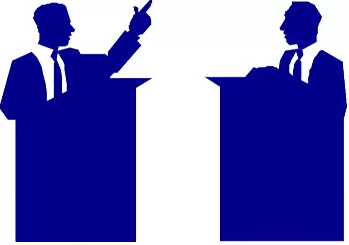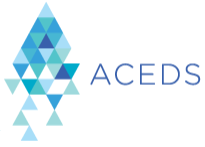What Can Big Data Analytics Do? Rewrite History: eDiscovery Trends
One amusing plotline in the 1998 movie Shakespeare in Love (a terrific movie even though, IMHO, it shouldn’t have beaten out Saving Private Ryan for best picture that year – just sayin’) was the rivalry between young Will Shakespeare and fellow playwright Christopher Marlowe. Shakespeare has become world renowned for centuries, while Marlowe has become largely forgotten (at least by the general public). But now, Marlowe is being credited as a co-author in all three “Henry VI” plays (Parts 1, 2 and 3). Says who? Big Data Analytics.
In the Washington Post article Big debate about Shakespeare finally settled by big data: Marlowe gets his due by Travis M. Andrews, the author reports that, for the first time and with a bit of help from computers and big data, the Oxford University Press will add Marlowe as a co-author in all three “Henry VI” plays.
Though the two were rivals, scholars have long thought Shakespeare might have collaborated with Marlowe, among other contemporary writers as playwriting back then was “structured much the way scriptwriting is today — an author received an advance to write an outline, then the theater that owned the outline would hire different writers to fill in different parts, depending on what they wrote well.”
To find out if collaboration occurred, 23 international scholars performed text analysis by scanning through Marlowe’s (and other contemporary writers’) works, creating computerized data sets of the words and phrases he would repeat, along with how he did so — all of the idiosyncrasies that comprise one’s writing. Once they had a solid sample set of unique patterns, the New York Times reported, they cross-referenced it with Shakespeare’s plays.
The result? Seventeen of 44 of Shakespeare’s works probably had some sort of input from others. The three “Henry VI” plays proved to have enough of Marlowe’s literary footprint that his name deserved to be added as a co-author, Gary Taylor, a professor at Florida State University and one of the editors who led the research contended.
“We have been able to verify Marlowe’s presence in those three plays strongly and clearly enough,” Taylor told the Guardian. “We can now be confident that they didn’t just influence each other, but they worked with each other. Rivals sometimes collaborate.”
Of course, not everybody agreed with that assessment – one scholar suggested Shakespeare might have worked with the actors who were close to Marlowe and picked up his tendencies that way.
Regardless, it is certainly one interesting example of what big data analytics can do. If only Marlowe’s attorney had that information a few centuries ago – he could have had a heck of an IP infringement case! :o)
So, what do you think? Do you see possibilities for big data analytics in your organization? Maybe you could change your history! Please share any comments you might have or if you’d like to know more about a particular topic.
Disclaimer: The views represented herein are exclusively the views of the author, and do not necessarily represent the views held by CloudNine. eDiscovery Daily is made available by CloudNine solely for educational purposes to provide general information about general eDiscovery principles and not to provide specific legal advice applicable to any particular circumstance. eDiscovery Daily should not be used as a substitute for competent legal advice from a lawyer you have retained and who has agreed to represent you.







